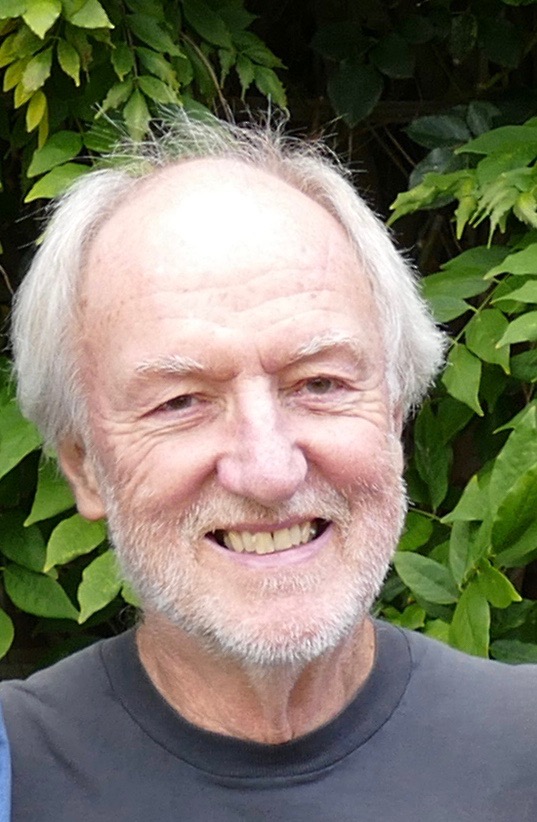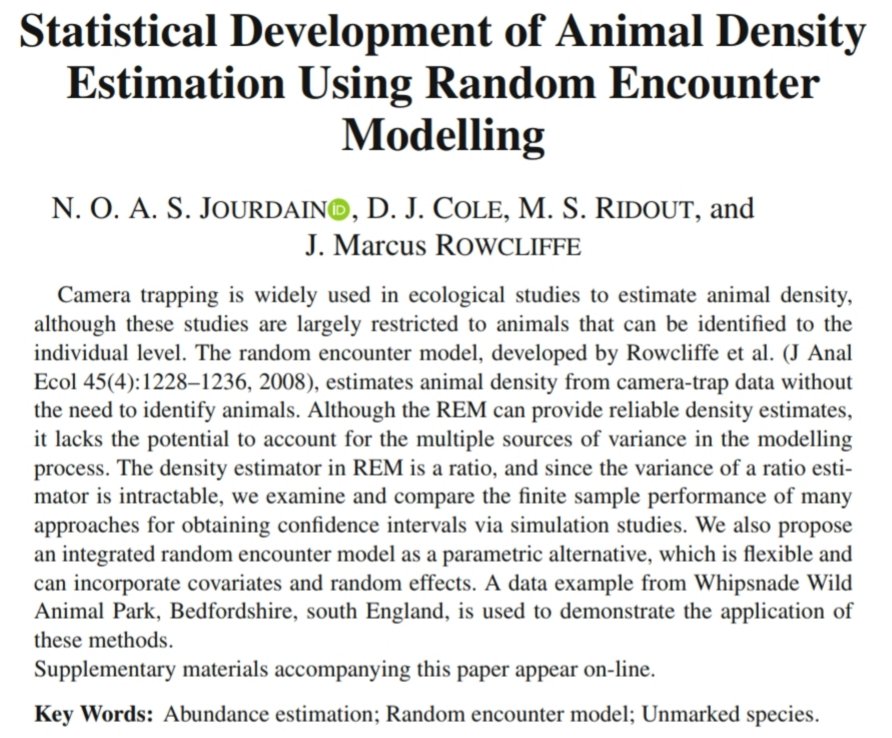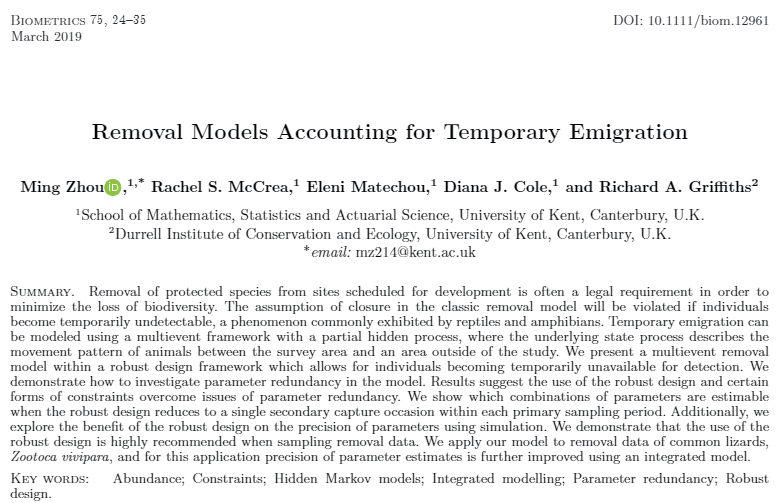Emeritus Professor of Statistics, Byron Morgan, has been awarded the Barnett Award by the Royal Statistical Society.
Being the leading authority on age-structured modelling of capture-recapture and ring-recovery data, his joint paper was the first to model how survival probabilities were influenced by weather covariates. Another influential paper on integrating mark-recapture-recovery and census data was foundational to the internationally-embraced sub-field of Integrated Population Modelling within statistical ecology. Most recently, he has been at the forefront of developing computationally-efficient methods for co-analysis of the UK Butterfly Monitoring Scheme with citizen science data sources, to give insights to biodiversity in urban versus rural settings. Byron Morgan was also one of the co-founders and first director of the National Centre for Statistical Ecology, a virtual Centre that links up statistical ecologists in the UK, and internationally.
Professor Deborah Ashby, President of the Royal Statistical Society, said: “Professor Morgan has had a great influence on the world of statistics and statistical ecology. His innovative work on computationally efficient methods for co-analysis of the UK Butterfly Monitoring Scheme has led to great insights into biodiversity and he had been a significant figure in creating better networks of statistical ecologists.”
Byron will be presented with the award at the Royal Statistical Society Annual Conference in September 2020 where he will also give a keynote presentation.









